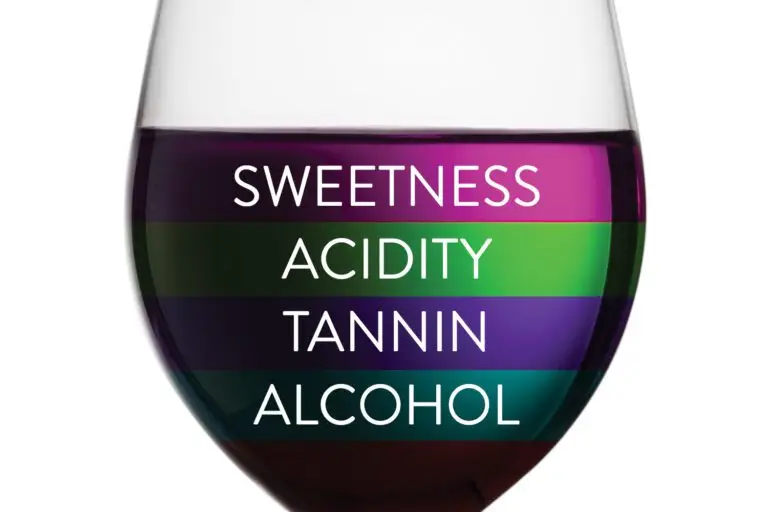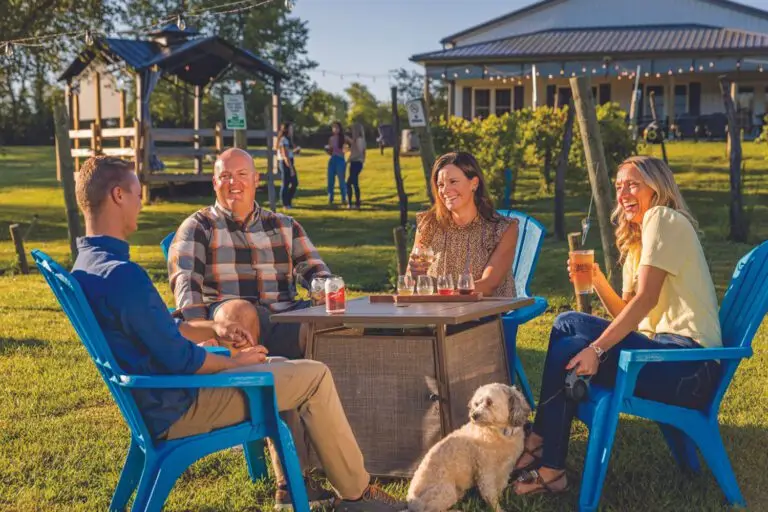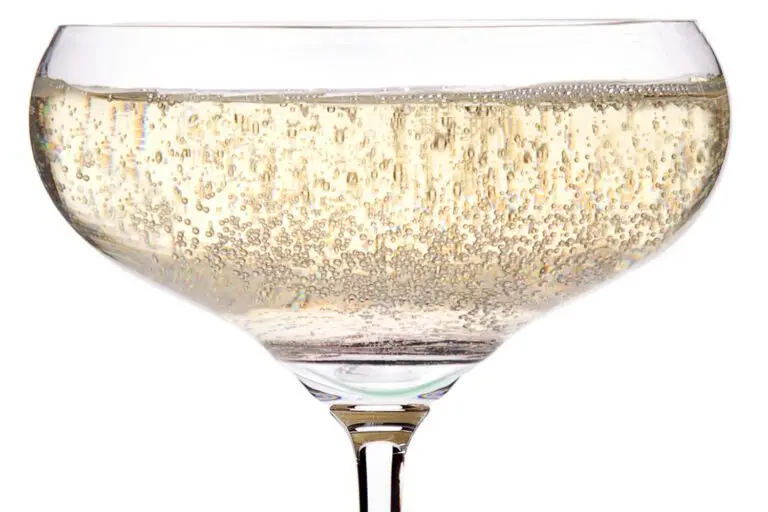 Only one region in North America mimics the growing conditions you’d find in Burgundy, France, where Pinot Noir is king: Oregon’s Willamette Valley, an hour south of Portland. So when you speak of Oregon wines, you’re probably referring to Pinot Noir. Oregon-grown Pinot started taking top honors in international wine competitions (in Paris in 1980 and New York in 1985) just a few years after the first wineries opened here, and those wins grabbed the world’s attention. Oregon wine production soared then, and today more than 500 wineries producing cool-climate wines call the Willamette home – up from just five in the early 1970s.
Only one region in North America mimics the growing conditions you’d find in Burgundy, France, where Pinot Noir is king: Oregon’s Willamette Valley, an hour south of Portland. So when you speak of Oregon wines, you’re probably referring to Pinot Noir. Oregon-grown Pinot started taking top honors in international wine competitions (in Paris in 1980 and New York in 1985) just a few years after the first wineries opened here, and those wins grabbed the world’s attention. Oregon wine production soared then, and today more than 500 wineries producing cool-climate wines call the Willamette home – up from just five in the early 1970s.
“Pinot Noir is a very expressive grape, and its vines are rooted entirely in a sense of place,” says Karl Weichold, assistant winemaker at Erath Vineyards, whose founder, Dick Erath, produced Oregon’s first commercial wines in 1972. The pioneer grower demonstrated his own passion for Oregon Pinot by living on-site for two years in an unheated log cabin.
He knew Pinot was famously finicky. Like some other Oregon wine pioneers, Erath was trained at northern California’s UC Davis. “They had no idea what would grow and what wouldn’t – and so planted different varieties to experiment,” Weichold says. Today, Erath’s tasting room is in the founder’s second house (this one with heat).
French winemakers noticed Oregon’s upset victories, and a top winery in Burgundy, Domaine Drouhin, purchased Willamette land in 1987. Veronique Drouhin has been the winemaker for both family wineries ever since, limiting her wine list to just Pinot Noir and Chardonnay. Her decision to focus on quality rather than a lengthy wine menu has paid off: two of her Oregon wines have been served at the White House.
From the Drouhin tasting room, it’s possible to gaze out at the vineyards with a backdrop of snow-capped Mount Hood and Mount Jefferson. “Winemaking is so Burgundy-style here; the vines are twice as close together than [most American vineyards] and lower to the ground,” says tasting room concierge Laurel Welborn as we take in the view. “So they have to work a lot harder, so that a higher concentration [in flavors] is produced.”
After visiting just two wineries, we already could see diversity in wine attitudes and techniques, and we sensed surprises would be in store if we kept going.
We moved on to Sokol Blosser in Dundee, the world’s first LEED-certified winery building. Its green features, including a “living roof” of plants, wind-powered energy and even a charging station for electric cars, set it apart – but they aren’t its only distinction. Sokol Blosser’s floor-to-ceiling tasting room windows face Mount Hood and lush vineyards. Founders Bill Blosser and Susan Sokol-Blosser planted their first vines in 1971 and built Oregon’s first tasting room in 1978, and it’s still used for small-group events. Along with Pinot Noir, Sokol Blosser also makes Riesling, Müller-Thurgau and Evolution, their signature red blend.
Some small wineries allow the intimate experience of meeting the winemaker. At Brick House Vineyards in Newberg, you taste wine in a cozy Douglas fir barn with owner and winemaker Doug Tunnell, an ex-CBS war correspondent who traded the battlefield for the mellow joys of making biodynamic wines. Tastings (appointment required) are given right next to the wine barrels in former horse stalls.
Traveling between wineries can take some time, though – and the tiny town of Carlton (pop. 2,000) came up with the perfect solution: two dozen tasting rooms in the town center. One is located in a restored firehouse, and another in a former train depot. It’s no mystery why Carlton is nicknamed, “Oregon’s most walkable wine district.”
We found just as much variety in dining and lodging choices. For an Oregon-only wine list of 600 selections, try The Joel Palmer House, a circa-1857 historic home in Dayton. We recommend the mushroom-focused tasting menu. Easier on the wallet is the chef-owner’s Barlow Room in the same town.
Allison Resort & Spa is the Willamette Valley’s only luxury resort, but the region is abundant in boutique inns and B&Bs. Some, like the Grand Hotel in Salem, offer wine-tour packages. In downtown McMinnville you’ll want to check out the Hotel Oregon, a budget outpost in the McMenamins empire. This quirky regional chain of small hotels handcrafts its own beer, wine, spirits, ciders and coffee; this one is known for its rooftop bar and architectural wall hangings. If McMinnville makes it onto your itinerary, try to get there in May when the town celebrates its UFO Festival. Inspired by a farmer’s spaceship sighting in 1950, the celebration features a parade of “alien” invaders.
If you come to Oregon, expect the unconventional.
– Sharon McDonnell
For information:




